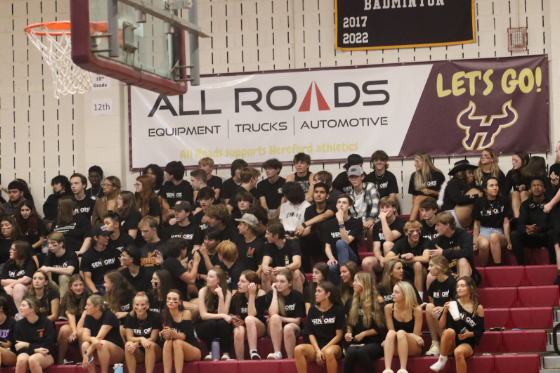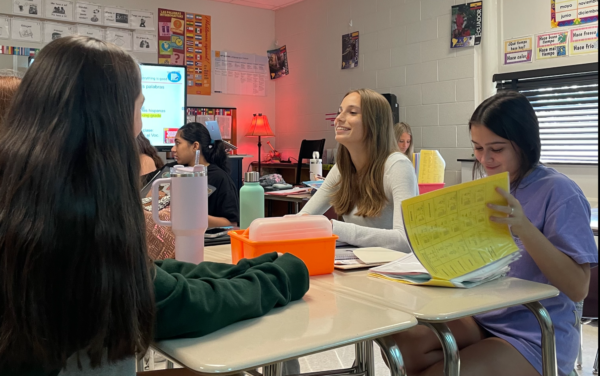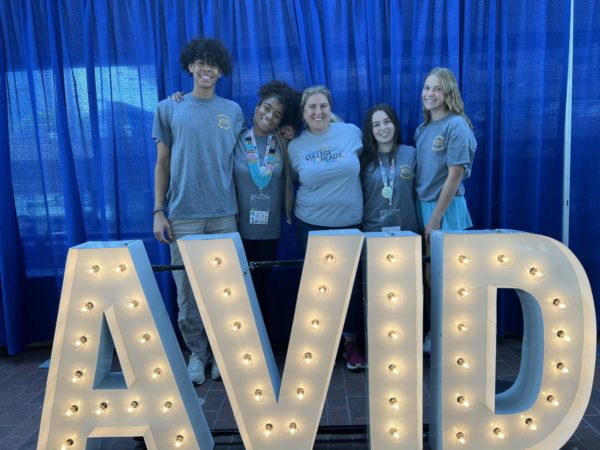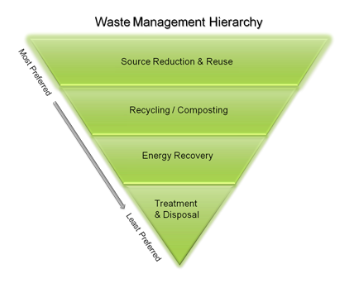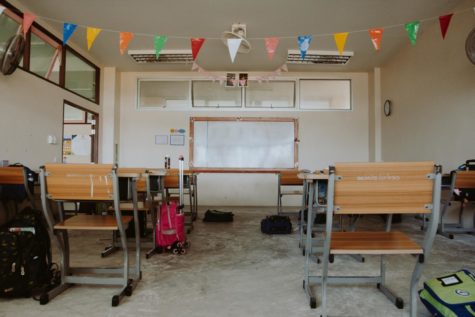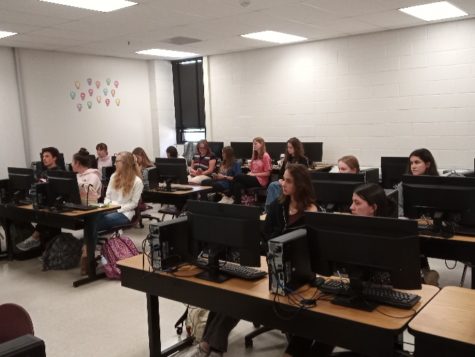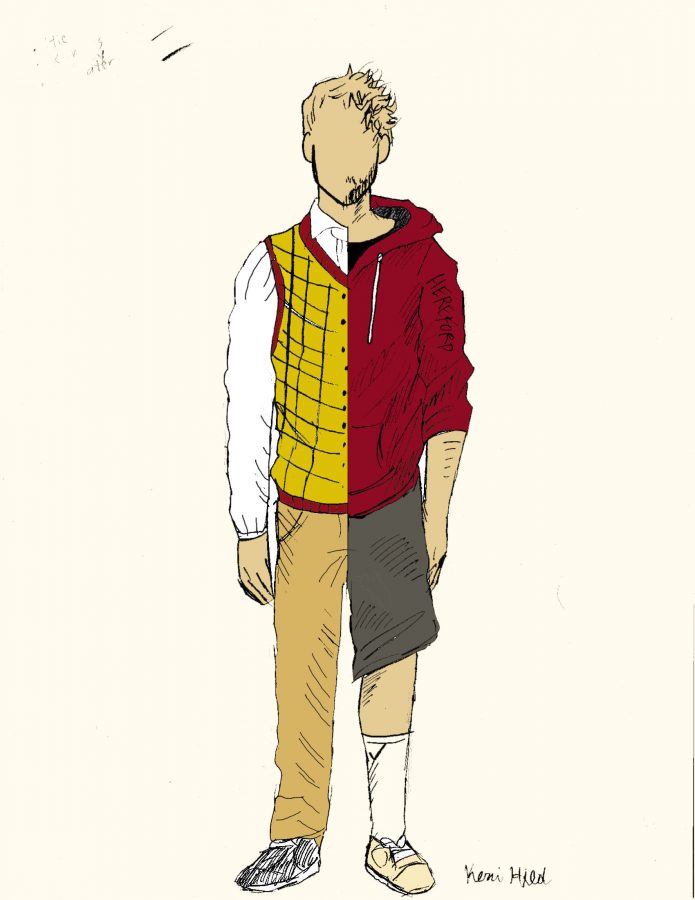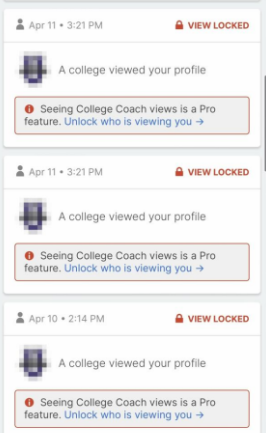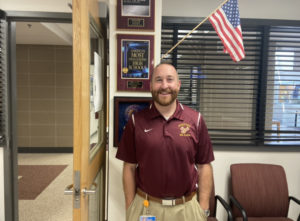Should BCPS have mandatory uniforms?
March 8, 2017
Yes
Megan Lime
Lily Cavallaro
What should I wear tomorrow? Maybe I’ll dress comfy? Except I’ve dressed comfortable every day for the last two weeks. What is the weather forecast looking like? It’ll be cold in the morning and hot by the afternoon. Haven’t I already worn this shirt this week? I can’t remember. Where are my jeans? Probably on my bedroom floor where I left them. Along with all these questions, several times it has crossed my mind that it would be much easier to have a school uniform. I would be able to go to sleep and wake up without any stress.
School uniforms would reduce socio-economic differences between students and allow them to focus on their education rather than their clothes. They would prevent grouping students together based on their clothing. If you take away the clothing factor, it gives everyone a clean slate, without a predetermined opinion based on appearance. There wouldn’t be any unspoken competition revolving around “who wore it better?” School isn’t the atmosphere to show off your clothing, school is for your mind and building your education.
School uniforms would decrease bullying because it will eliminate differences between students and “cliques.” What you wear wouldn’t define your social status; people will focus more on the personality and abilities of the person rather than if they have the latest and greatest clothing trends.
It would also ease the financial burden that is placed on the students’ families to buy enough clothes for school instead of paying for a uniform to wear over and over again. A typical outfit that consists of a pair of jeans, a shirt, shoes, and an extra accessory costs about $125. According to ggwash.org, on average a school uniform costs $249, this may seem like a lot of money to put towards a uniform, but the uniform is reused over the course of a year, whereas, the cost of the outfits that you wear will continue to build up overtime. You get more out of your money by spending it on a uniform.
If school uniforms were put in place, we would not have to listen to Mr. Brown on the announcements reviewing the rules of the dress code every time the seasons change. Teachers would not have those awkward conversations with students wearing inappropriate clothing and deal with those problems. We won’t have to see student’s butts hanging out of their shorts during the warmer months of school, the inappropriate labels on t-shirts, and especially, we won’t have to walking advertisements of political opinions in the hallways.
One of the main reasons students don’t want school uniforms is because it takes away individuality. Instead of students using clothes to express themselves, uniforms will help them build self-expression and portray their personality in other ways, such as, the way people talk and act through social interaction.
No
Mark Suchy
When I awake at exactly 6:33 a.m. I have approximately 17 minutes to get ready before my brother and I leave for school. As I look into the ominous dark, barren outside world I am filled with exhaust and a want for comfort.
The cozy sweatpants I wear not only fight the bitter cold but also provide me with comfort. If schools required students to wear a uniform of khakis and polo shirts, I would not only be uncomfortable but I would also be cold.
Standing at a gangly 6 feet 6 inches, it is hard finding khaki pants that fit my body. If the length is long, than the waist is too big, and if the waist fits, than I look like a school boy preparing for major flooding.
Sweatpants simply do not pose this issue. With elastic waistbands and long pant legs, it is almost as if sweatpants were designed to fit the common gangly teenager like me.
But I am not here to promote sweatpants, I am writing to oppose the idea of a school uniform. Students pride themselves on their hip outfits and unique style.
Dressing the way you choose is a great way to express yourself. The First Amendment of the Constitution specifically gives the freedom of self-expression to all. Requiring uniforms at a public school limit students’ constitutional rights.
At Calvert Hall College, a school which enforces a dress code, students are required to wear khaki pants, a button down shirt, and a tie. These policies not only limit individuality but also do not facilitate a productive learning environment because they are uncomfortable.
When students are comfortable and feel like themselves they produce better results. In a result-driven world where high schools pride themselves on producing students ready for college and eager to, as BCPS says, “become globally competitive,” positive results must be produced.
A shining example of what students feel comfortable wearing is shown on SAT testing day. When students arrive to take arguably the most important test of their lives, they are wearing comfort clothing.
According to a study conducted by Texas Southern University, discipline issues rose 12 percent after the introduction of school uniforms. Students were acting out as a way to gain attention because they could no longer express themselves the way they choose.
This is not an isolated study. According to procon.org, David L. Brunsma co-authored a study that analyzed a national sample of sophomores in high school and found “negative effect of uniforms on academic achievement,” and later found that uniforms were equally ineffective on elementary students and eighth graders.
So I will happily attend my public school where I am free to wear any comfortable clothing I choose.



